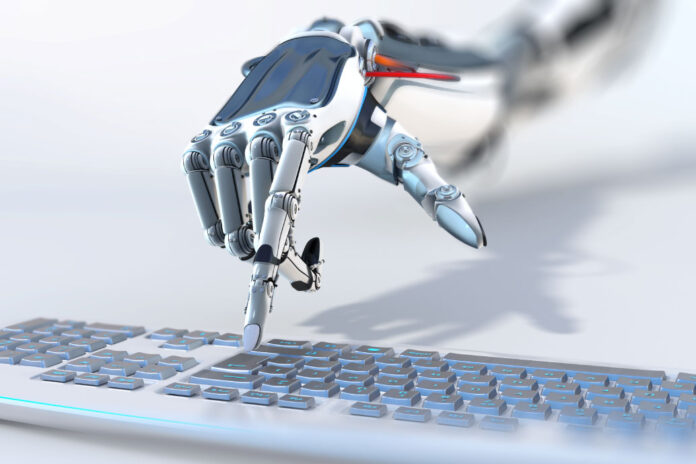For decades, the decision between building software from scratch or acquiring an off-the-shelf solution guided technology strategies in companies across various sectors. The equation seemed simple: buying accelerated adoption and reduced costs, building offered customization and control. But the arrival of generative artificial intelligence, and especially AI-assisted development (AIAD), has changed all the variables in this equation. It's no longer a matter of choosing between two classic approaches, and perhaps the traditional dilemma no longer exists.
With generative AI optimizing crucial stages of the development cycle, such as code writing, automated testing, bug detection, and even architectural suggestions, building custom software is no longer an effort exclusive to large corporations with robust budgets. Pre-trained models, specialized libraries, and low-code or no-code platforms powered by AI have drastically reduced development costs and time.
Instead of months, many solutions are now delivered in weeks, and instead of large internal teams, lean, highly specialized teams are able to deliver customized and scalable applications with impressive efficiency. GitHub Copilot, launched in 2021, is a practical example of generative AI that assists developers by suggesting code and automatically completing snippets. A GitHub study indicated that developers using Copilot completed tasks 55% faster on average, while those who did not use GitHub Copilot took an average of 1 hour and 11 minutes to complete the task, and those who did not take an average of 2 hours and 41 minutes.
Given this reality, the old argument that buying off-the-shelf software was synonymous with saving money is losing its force. Generic solutions, while tempting, often fail to adapt to the specificities of internal processes, do not scale with the same agility, and create a limiting dependency. In the short term, they may seem sufficient, but in the medium and long term, they become obstacles to innovation.
Moreover, the very notion that competitive advantage lies in the code itself is beginning to crumble. In a scenario where rewriting an entire application has become cheap and feasible, the idea of "protecting the code" as a strategic asset makes less and less sense. The real value lies in the solution's architecture, the fluidity of integration with business systems, data governance, and, above all, the ability to quickly adapt the software as the market, or the company, changes.
The use of artificial intelligence (AI) and automation reduces development time by up to 50%, as indicated by 75% of executives interviewed in a report conducted by OutSystems and KPMG. But if "building" is the new normal, a second dilemma arises: building internally or with specialized external partners? Here, pragmatism prevails. Creating an in-house technology team requires continuous investment, talent management, infrastructure, and, above all, time, the scarcest asset in the race for innovation. For companies whose core business is not software , this choice can be counterproductive.
On the other hand, strategic partnerships with development companies offer advantages such as immediate access to advanced technical know-how, accelerated delivery, hiring flexibility, and reduced operational overhead. Experienced outsourced teams act as an extension of the company, focused on results, and often come with ready-made scalable architecture models, integrated CI/CD pipelines, and tested frameworks—everything that would be costly and time-consuming to build from scratch. It is also worth mentioning a third element in this equation: the network effect of accumulated expertise.
While internal teams face a continuous learning curve, external specialists working on multiple projects accumulate technical and business expertise at a much faster pace. This collective intelligence, applied in a targeted way, often generates more effective and innovative solutions. The decision, therefore, is no longer between buying or building, but between sticking to rigid solutions or building something that truly meets the business's needs. Customization, once a luxury, has become an expectation, scalability a requirement, and AI a game-changer.
Ultimately, the true competitive advantage lies not in off-the-shelf software or custom-written lines of code, but in the strategic agility with which companies integrate technological solutions into their growth. The AIAD era invites us to abandon binary dilemmas and think of software as a continuous, living, and strategic process. And, to achieve this, it's not enough to simply build; it's necessary to build intelligently, with the right partners and a vision for the future.


